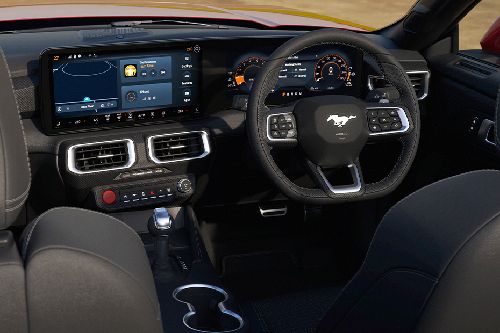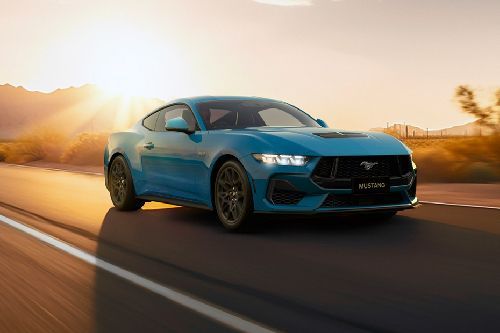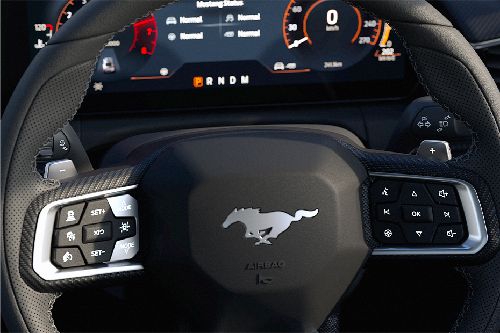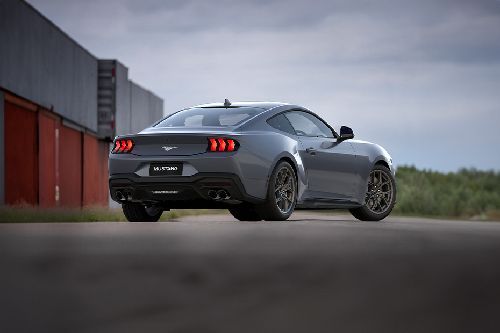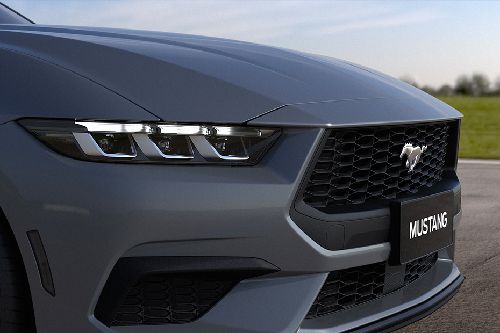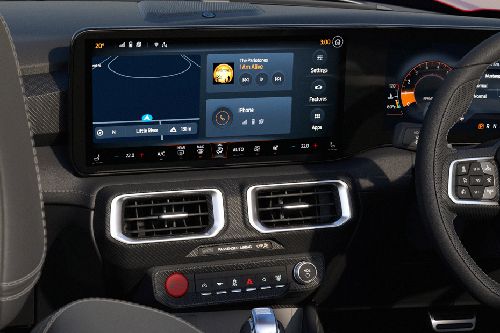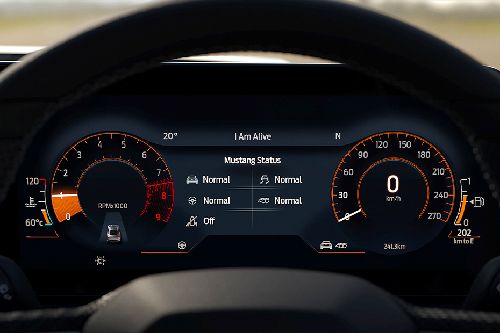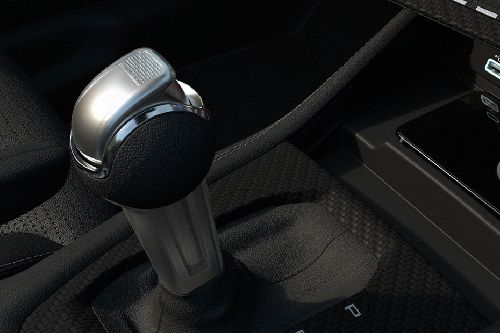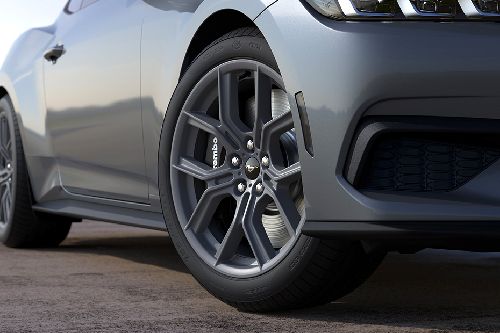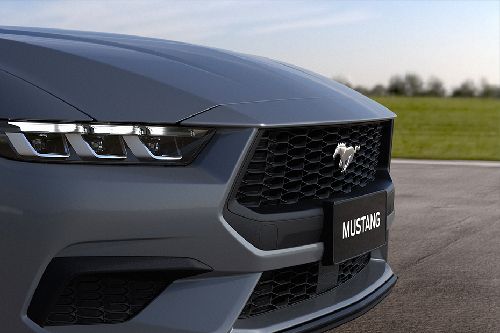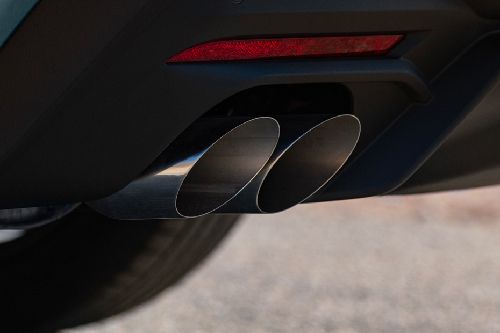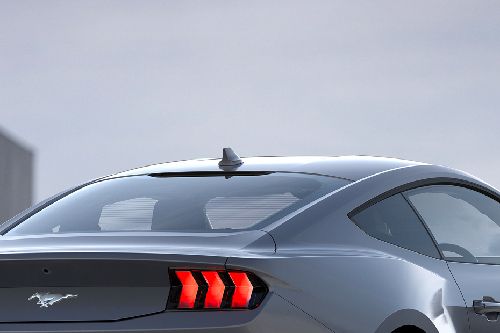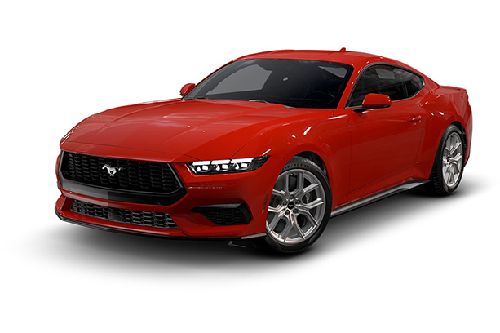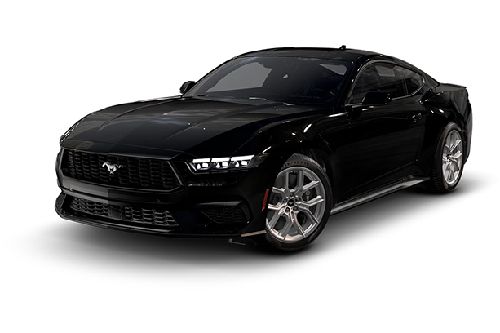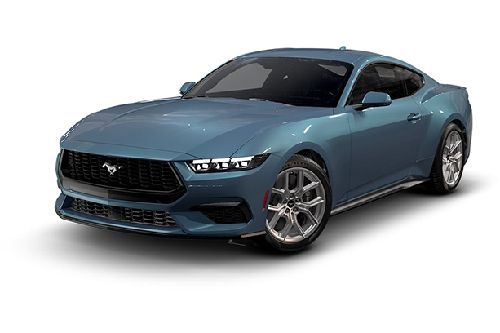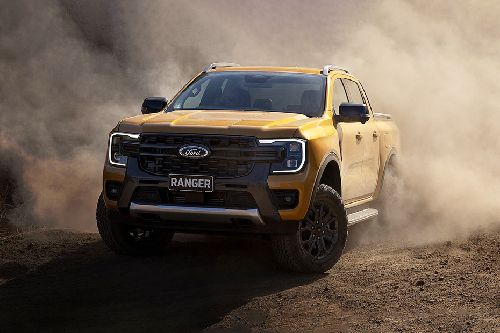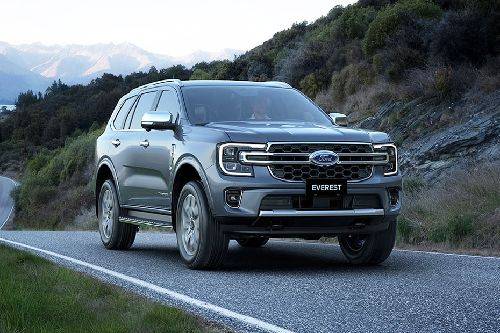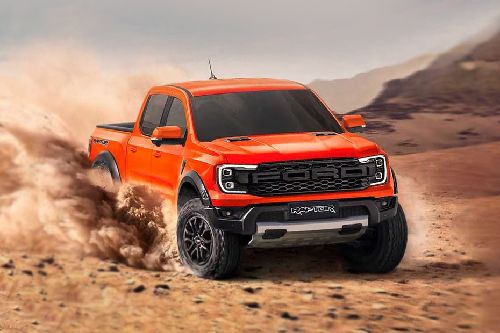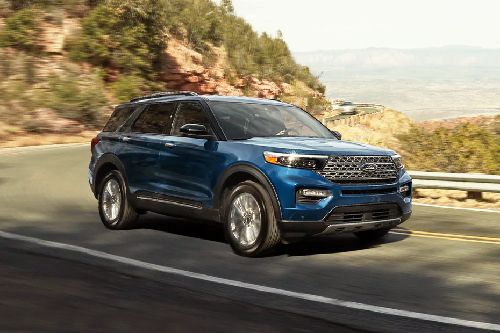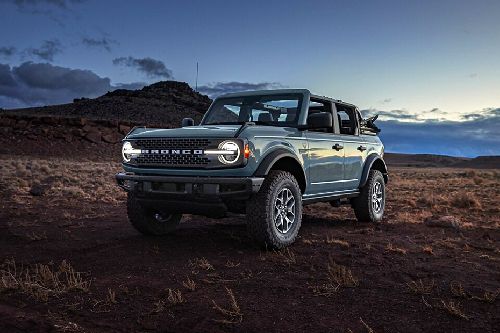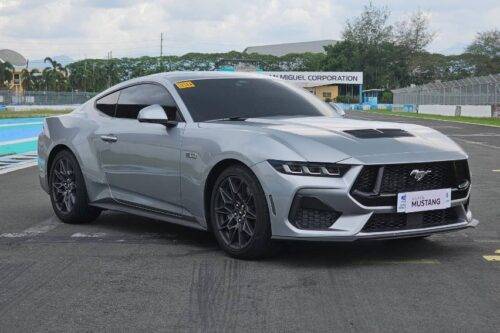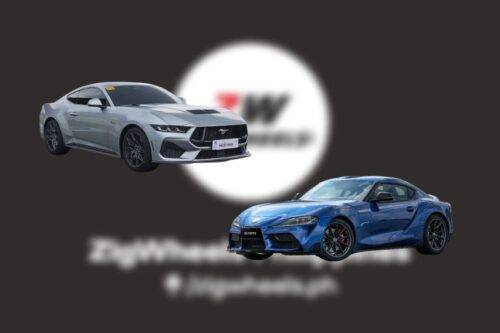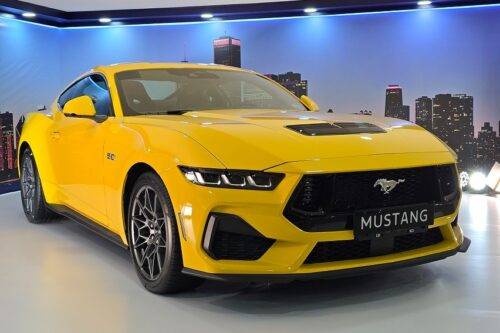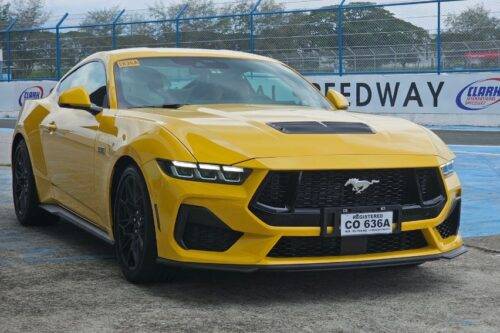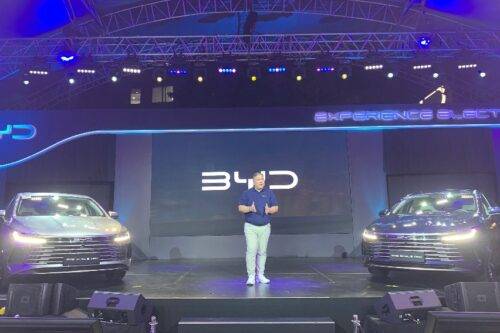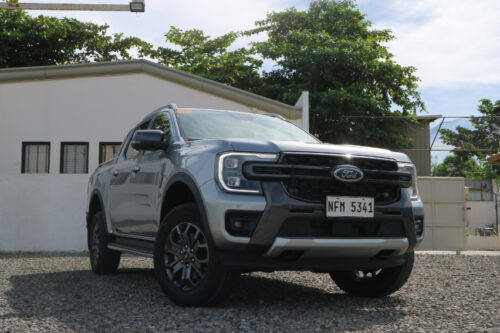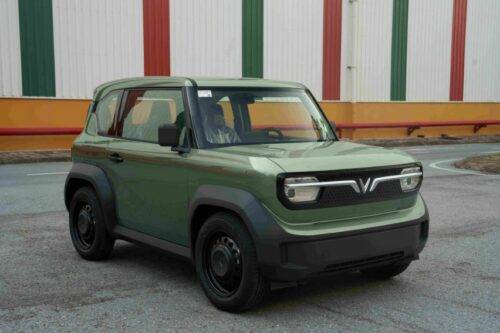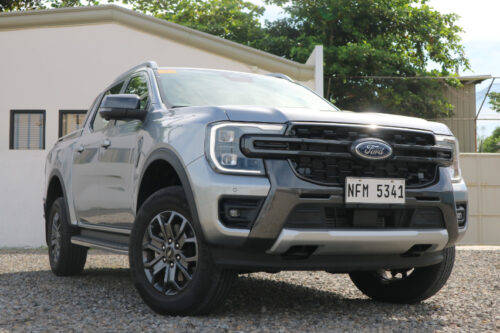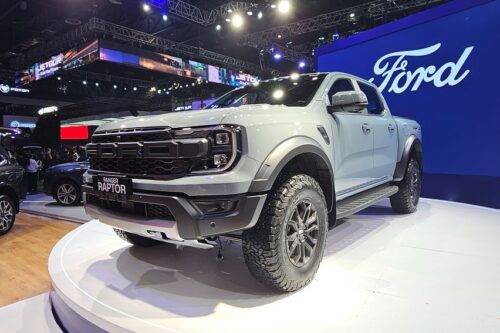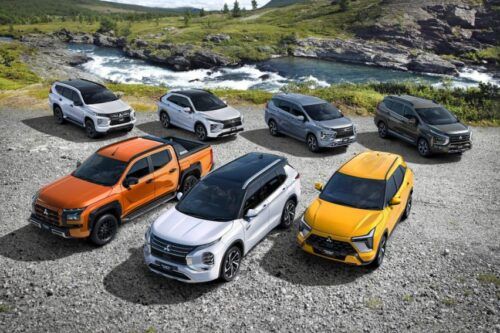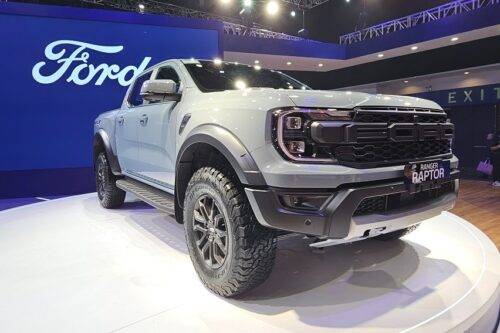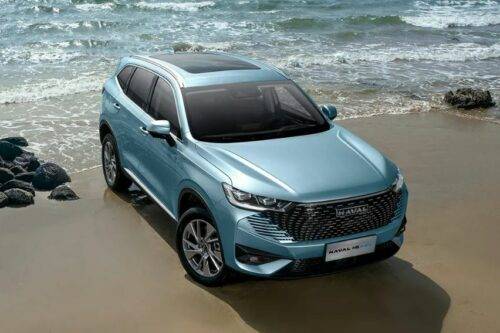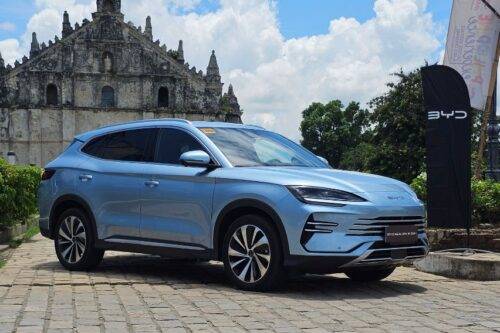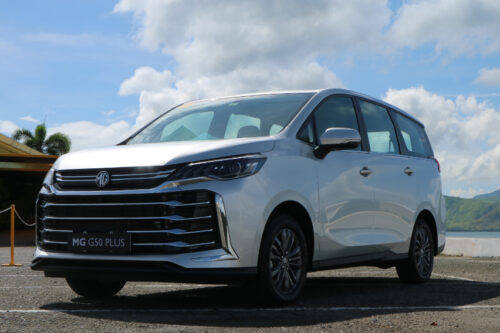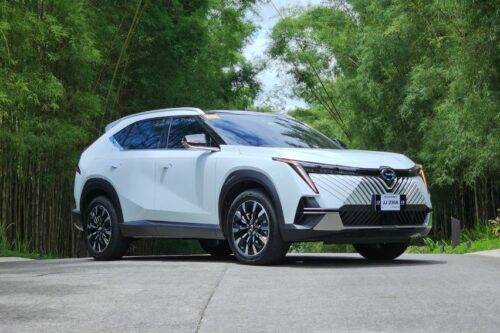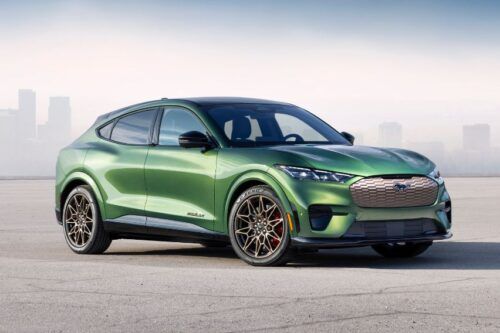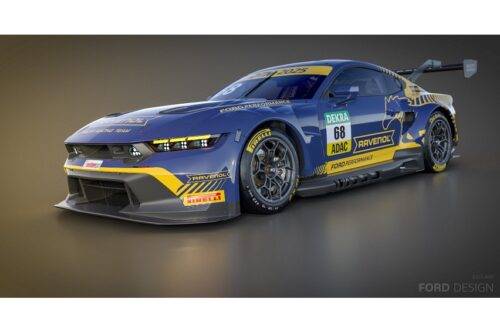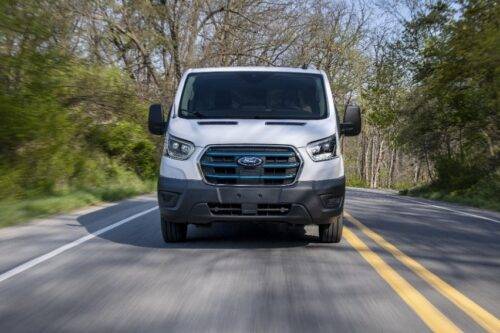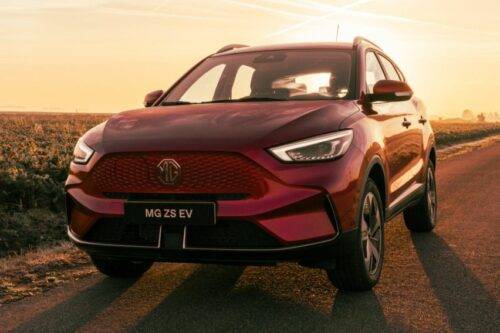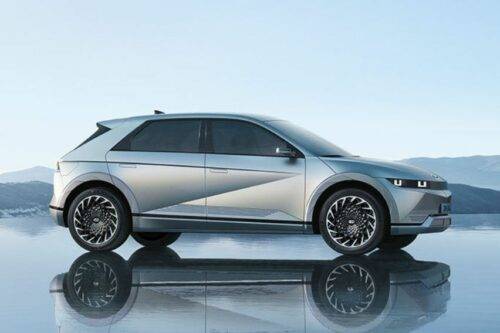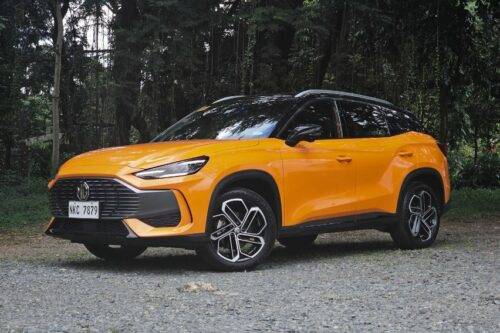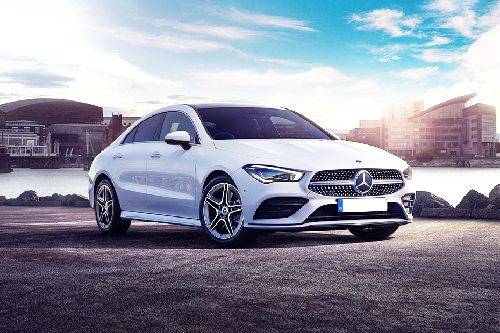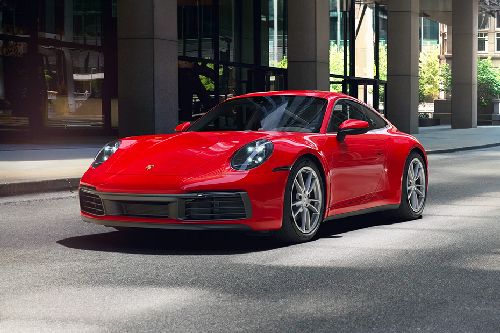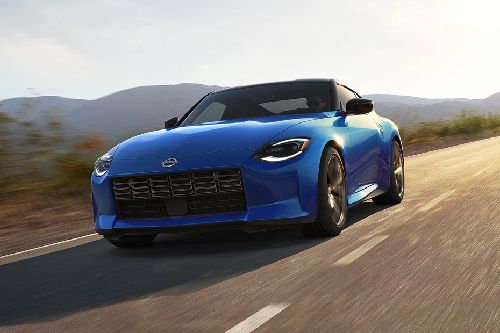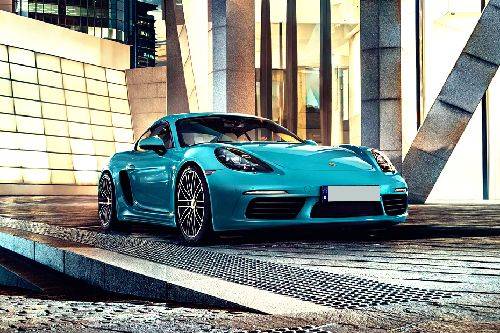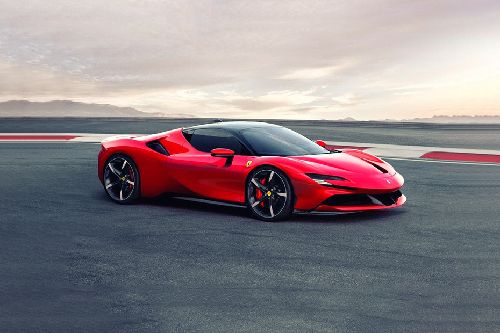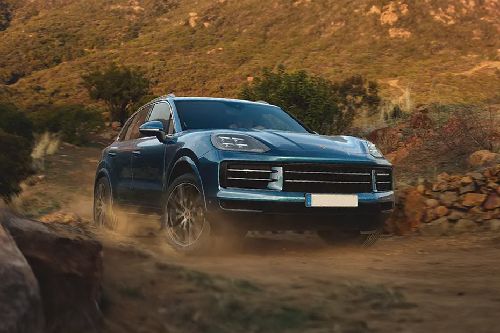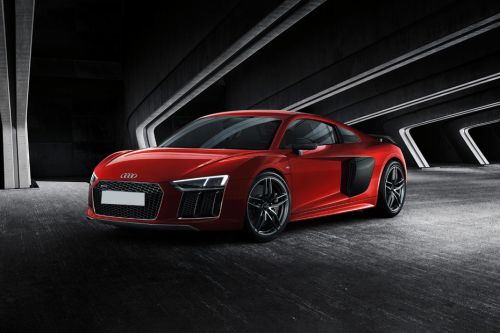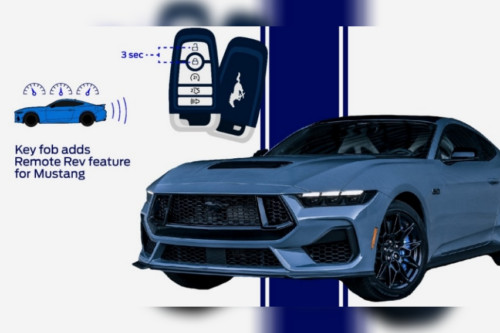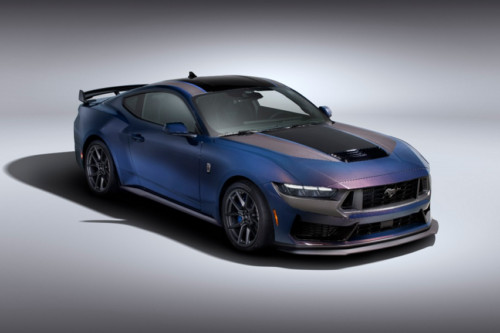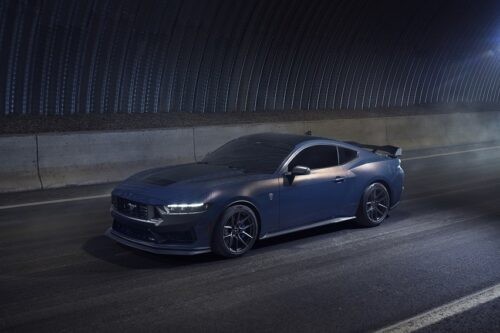Pony war: Ford Mustang vs. Chevrolet Camaro

Two muscle cars, two American icons.
We pit the Camaro 2.0L Turbo 8AT 3LT RS against the Mustang 2.3L EcoBoost Premium AT to give you a better idea of what these sports cars can do on the track and as a daily drive.
The Chevrolet Camaro was launched in 1966 as a direct competitor to the Ford Mustang which debuted two years earlier. Both have since become symbols of power and speed for their respective brands and not surprisingly are now both in their sixth-generation model.
Powering the Camaro is an all-aluminum 2.0L inline-four with double overhead cam, variable valve timing, direct injection, and a twin scroll turbocharger with intercooler. It comes with a heavy-duty cooling package using an extra capacity cooling system, auxiliary engine coolant cooler, and external engine oil cooler. Output of 275hp and 398Nm of torque is sent to an eight-speed automatic transmission with steering wheel-mounted paddle shifters. It has a dual stainless exhaust tail pipe.
In the Mustang is a 2.3L EcoBoost inline-four turbocharged engine that puts out 310hp and 474Nm of torque and is paired to a 10-speed SelectShift automatic with steering wheel-mounted paddle shifters. It comes with a dual exhaust with rolled tips.
Drive modes in the Camaro are Tour, Sport, Snow/Ice while the Mustang offers Normal, Sport+, Track, Drag Strip, Snow/Wet.
Both are rear-wheel-drive units.
The Camaro uses four-wheel independent sport suspension, while the Mustang gets an independent double-ball joint MacPherson Strut with stabilizer bar in front and an independent integral link with stabilizer bar at the rear.
Wheels on the Camaro are gray-painted, machine-faced aluminum measuring 20-inches by 8.50-inches. On the Mustang are 17-inch Sparkle Silver-painted aluminum wheels.
Heavy-duty cooling Brembo four-piston caliper disc rotors (front) and performance disc brakes (rear) come standard in the Camaro while the Mustang only gets 12.6-inch vented disc brakes with two-piston front calipers.
Similar to the Camaro, the Mustang has LED (light emitting diode) headlamps, taillights, and daytime running lamps.
The Camaro has frameless, variable intermittent windshield wipers while the Mustang uses rain-sensing, intermittent windshield wipers.
Both come with a tilt and telescopic steering column, electric power-assisted steering, leather-wrapped steering wheels, plus cruise control and audio switches. The Camaro’s is flat-bottomed and is heated.
While the Mustang gets Recaro four-way manually adjustable (driver) and two-way manually adjustable (passenger) sport leather-trimmed seats, the Camaro has leather-trimmed jet-black sport bucket seats in and is eight-way power-adjustable with cooling and heating feature (driver) and six-way power-adjustable with cooling and heating feature (passenger).
Panels on the Mustang use angled brush aluminum trim while the Camaro gets jet-black leather with custom leather-trimmed dashboard, console, and door trim.
Both have dual-zone electronic automatic temperature control.
The Camaro has an eight-inch color display, configurable multi-information display with digital and analog gauges, and a colored multi-information heads-up display, while the Mustang sports a 12-inch color fully customizable digital instrument cluster with no heads-up display.
The entertainment system in the Mustang offers an eight-inch capacitive touchscreen with built-in navigation and Sync3, a Shaker Pro Audio system with 12 speakers and subwoofer plus HD radio technology. The Camaro has an eight-inch MyLink touchscreen system with Android Auto and Apple CarPlay, voice recognition, and a Bose nine-speaker sound system.
Both cabins have ambient lighting. Mustang calls it MyColor while the Camaro’s is nameless but offers 24 color configurations.
Like the Mustang, the Camaro uses a smart key with a push-button start/stop feature, a 12V electrical outlet, and USB ports.
The Camaro uses an electric parking brake while the Mustang sports a manual lever-type parking brake.
Safety features of the Mustang are a personal safety System with dual-stage front airbags, knee and front-seat side airbags, side curtain airbags (on the fastback body only), anti-lock braking system (ABS), AdvanceTrac with electronic stability control, individual tire pressure monitoring system (TPMS), perimeter alarm, SecuriLock passive anti-theft system, SOS post-crash alert system, LATCH (lower anchors and tether anchors for children), MyKey, active anti-theft system, auto lamp automatic on/off headlamps with wiper activation, rearview camera, and reverse sensing system, electronic-locking center console, electronic steering column lock, and wheels lock. It also offers driver-assist systems like pre-collision assist with pedestrian detection, BLIS (blind spot information system) with cross-traffic alert, adaptive cruise control, lane keeping system, and active braking.
In the Camaro are the following safety features: Driver and passenger airbags, knee airbags, side impact airbags, head curtain airbags, child seat anchorages, side door impact beams, rear parking sensors, reverse camera, ABS, Brake Assist, Electronic Brakeforce Distribution, StabiliTrak System, lane change alert, side blind zone alert, rear cross traffic alert, a tire pressure monitoring system, anti-theft alarm system, speed sensing and auto drive-away power door locks, and engine immobilizer.
So, there you have it, a spec-by-spec comparison of two of the most popular muscle cars America has to offer.
Ford’s Mustang has the edge in power and driver-assist features but the Chevy Camaro is no slouch either as it offers more by way of performance equipment, cabin appointments, and safety features.
The Chevy Camaro goes for P3,298,888 while the Ford Mustang is priced at P2.858 million.
Photos from Chevrolet Philippines and Ford Philippines
Sell your car at the best price
 Verified and genuine buyers
Verified and genuine buyers
-
Explore Ford Mustang
Ford Car Models
Don't Miss
PIMS 2024
- Latest
- Popular
You might also be interested in
- News
- Featured Stories
- Latest
- Upcoming
- Popular
Compare & Recommended
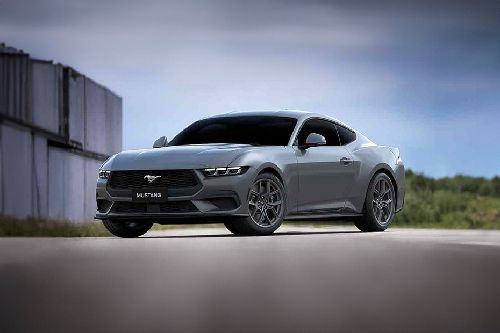
|
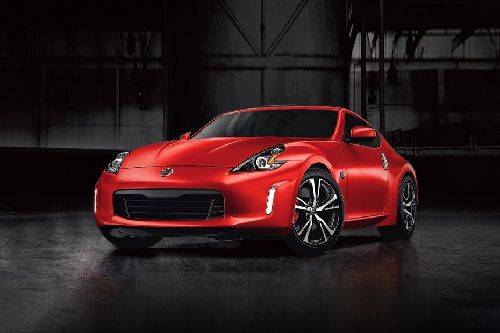
|
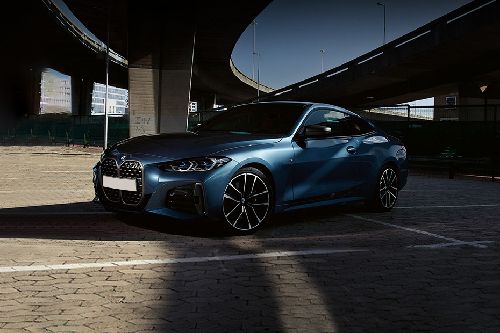
|
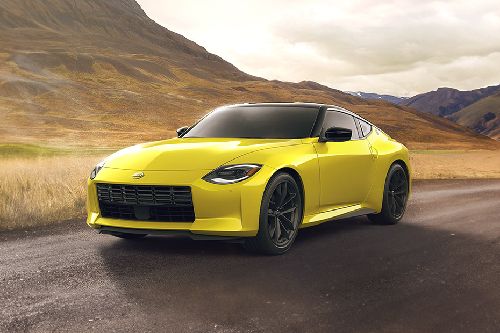
|
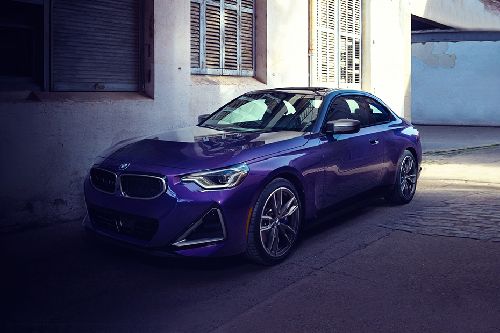
|
|
Engine
2.3L Gasoline Engine, 4 Cylinder 16 Valve
|
3.7L Gasoline Engine, 6 Cylinder 24 Valve DOHC
|
2.0L Gasoline Engine, 4 Cylinder 16 Valve
|
3.0L Gasoline Engine, 6 Cylinder 24 Valve DOHC
|
2.0L Gasoline Engine, 4 Cylinder 16 Valve
|
|
Alloy Wheels
Yes
|
Yes
|
Yes
|
Yes
|
Yes
|
|
Automatic Climate Control
Yes
|
Yes
|
Yes
|
Yes
|
Yes
|
|
Keyless Entry
Yes
|
Yes
|
Yes
|
Yes
|
Yes
|
|
Cruise Control
Yes
|
Yes
|
Yes
|
-
|
Yes
|
|
Integrated Antenna
Yes
|
Yes
|
Yes
|
Yes
|
Yes
|
|
Headlamp Type
LED
|
HID
|
LED
|
Projector LED
|
LED
|
|
Brake Assist
Yes
|
Yes
|
Yes
|
Yes
|
Yes
|
|
Ebd
Yes
|
Yes
|
Yes
|
Yes
|
Yes
|
|
Rear Camera
Yes
|
-
|
Yes
|
Yes
|
Yes
|
|
|
Trending Coupe
- Latest
- Upcoming
- Popular
Ford Mustang Car Articles From Carmudi
- journal


